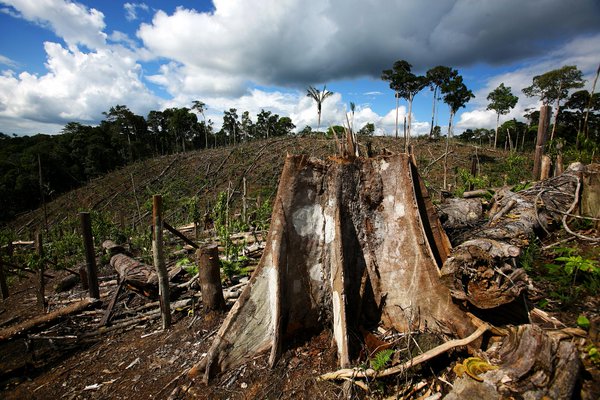Physical Address
Plot 123 Kampala, Uganda


When developed countries committed pledged $100 billion in annual aid to help poor countries including Uganda acclimate to environmental, the results have not been consistently yielding. United Nations Framework Convention on Climate Change has sighted that Uganda has in one way or thee fallen short of its obligations yet it has little climate finance.
Uganda allocated $114 million, 0.8 per cent of its 2023/24 budget to climate change, natural resource, environment and water management – compared with $2.06 billion (14.6 percent) allocated to governance and security or the $1.2 billion (8.5 percent) allocated to transport and infrastructure.
And yet, as extreme weather disasters escalate, Uganda needs to commit 30 percent of national resources or at least $258 million per year to implement actions listed in the government’s 2015 Climate Change Policy, according to data from the Economic Policy Research Centre.
Christine Nakimwero, women MP for Kiboga District in Central Uganda, who also serves as Uganda’s shadow minister for Water and Environment, says 70 percent of the country’s climate change management funding is projected to come from external sources.
“For a long time, there has been very little allocation of resources to climate change,” says Nakimwero. “It’s tough. Some district environment officers are given as low as Ush700,000 (about $190) per year to facilitate monitoring.”
Over the past decade, climate change has made extreme weather events in Uganda, such as floods and mudslides, more frequent and intense, making it even harder for vulnerable communities – especially those residing in the mountainous areas of southwestern Uganda and the Mt Elgon region – to cope and rebuild.
In May, raging floodwaters killed close to 600 people in the Virunga massif – a chain of eight volcanic mountains spanning Rwanda, Uganda and the DR Congo – following repeated torrential rains. Humanitarian aid agencies said at least 5,000 people were left homeless.
During the heavy rains, River Katonga in Central Uganda also flooded, cutting off the Masaka-Mbarara highway, the region’s main trade route to the DR Congo and Rwanda. The road has remained cut off for heavy goods vehicles and buses for months, paralysing regional trade.
The flooding was attributed to destruction of the Katonga swamp by local communities for agriculture.
At the beginning of September, the Uganda National Meteorological Authority warned that the country would be experiencing above normal rains until early January 2024 – with likely devastating impacts.
The persistent loss of lives and property underscores how climate change can conspire with lack of climate finance to magnify the scale of extreme weather disasters.
Floods are also notorious for causing increased cases of diseases such as malaria, diarrhoea and other waterborne diseases. In fact, 29 percent of diseases in Sub-Saharan Africa are now attributed to the vagaries of the climate.
Dr Achilles Byaruhanga, the executive director of Nature Uganda, told The EastAfrican that most district environment officers say insufficient funding remains the top stumbling block to fully implementing monitoring and sensitisation plans.
Limited human resource and lack of intersectoral collaboration are also key barriers, he said.
“Surprisingly, Uganda has some of the best environmental laws in Africa. But there are no funds to ensure that these laws are executed,” he said.
The agency advised people living in disaster-prone areas, such as mountain slopes, to relocate to safer places.